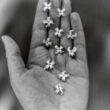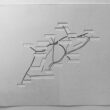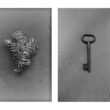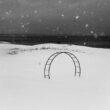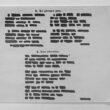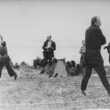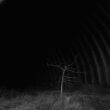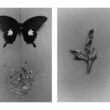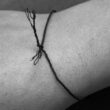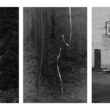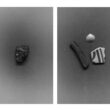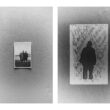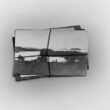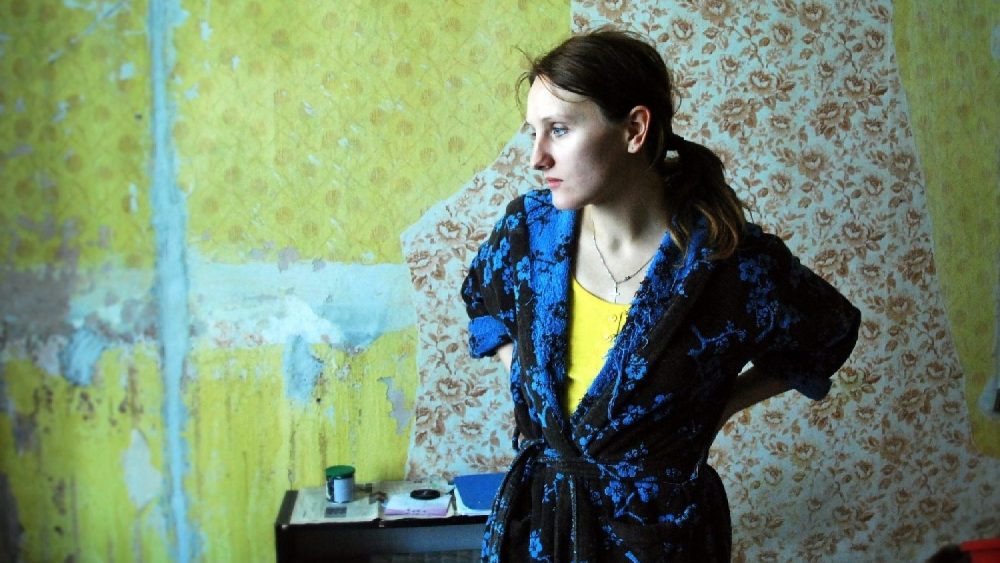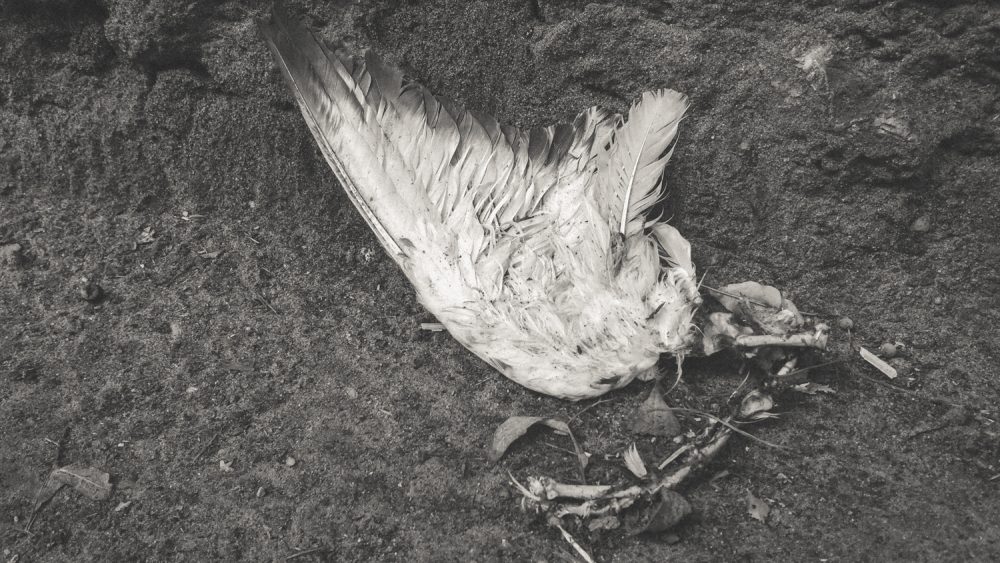Catalogue of Forgone Objects
Once, while showing the city where I grew up to a friend, I arrived at a familiar street from my childhood and did not find the house I expected to see. There was another building in its place, and the neighboring houses looked different. Across from where the house used to be, the linden tree still grew, and below it a bench where we used to wait for a bus to take us home. I ran my fingers along the concrete base and felt a chip that had always been there.
Ripped from the collective body of memories, this bench made me feel sadness and a vague sense of unease. Why did I remember insignificant details but forget what the street looked like? What part of my life is dissolving into oblivion? What is the hidden value of those things I choose to remember?
On average, a person can remember about five thousand faces, from twenty to a hundred thousand words. According to some studies, the human brain can store up to 3 terabytes of information, but the access to this information is limited. Our memories become more and more distorted with every time we retrieve them.
I took an intuitive approach, photographing objects and places around me that were unrelated to specific memories but evoked the same sense of unease, sadness, and recognition as the images that turned out to be the evidence of the fragmentary and unreliable nature of memory.
The resulting images were compiled into a catalog. By definition, a catalog is a list of information about objects compiled to facilitate the search for these objects. The only thing I could find, based on nonexistent memories, is a self-conception as a subject who perceives these images as containing important information and evoking emotions. Thus, alongside the exploration of longing for lost memories, I explore the possibility of understanding myself with the help of artificially created memories. By moving away from the original facts and events, I move closer to self, shaped by these events.
This project is my attempt to touch that subconscious part of life stored in my memory that does not belong to me anymore.
Jana Gertz (1986) is a visual artist working with photography. Originally from Riga, Latvia, she is currently based in Tallinn, Estonia. Her practice revolves around exploration of solitude, escapism, and personal space, the liminal states where the personal meets the public, where the intimate intersects with the socially accessible. The effect of memories, both collective and individual, forming one’s personality is another theme of her work.

